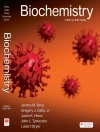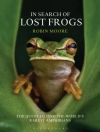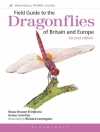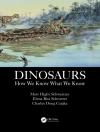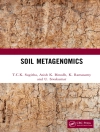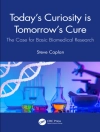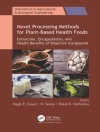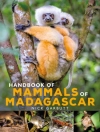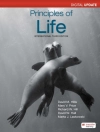Ants are found everywhere from garden to mountaintop. They are at their most diverse in the tropics, but that does not make the 60 or so species in our part of the world any less intriguing or significant. As social insects, ants have fascinating life histories. Ecologically, they are highly important and influential. From tiny guest ants living in the nests of bigger species to gigantic wood-ant mounds with hundreds of thousands of workers, there is a lifetime of possibility for study.
This edition of Ants covers the general biology and ecology of species occurring in Britain and Ireland, including the Channel Islands. The book presents photographs and descriptions for all the species on the regional list, together with distribution maps. There is also an account of some of the exotic species that may turn up in heated buildings. The extensively illustrated keys deal with workers, queens and males of all the species. These have been specially written and are the first comprehensive keys since those of the original edition 30 years ago. There are also quick-check keys to workers and nests, as well as a detailed list of kit suppliers and extensive references.
Ants are among the most familiar of insects and can form a crucial part of their ecosystem, having an impact far greater than their small individual size would lead us to expect. This book is for anyone wanting to learn more about these endlessly interesting insects, by reading and by applying some of the methods discussed to make new discoveries.
Cuprins
Editor’s preface
About Naturalists’ Handbooks
About the authors
Acknowledgements
1. Introduction
2. General biology of ants
3. Ants and their environment
4. Distribution and abundance
5. Conservation and management
6. Identifying ants
Key A: Workers
Key B: Queens
Key C: Males
Key D: Quick-check field key to workers of common and distinctive British and Irish ants
Key E: Quick-check key to nests of common and distinctive species of British and Irish ants
7. Studying ants
8. Useful addresses, links and other resources
9. References and further reading
Index
Despre autor
Andrew Jarman has had a life-long fascination with ants. He claims that his earliest memories are of discovering there were three types of ants in his parents’ garden (black, red, and yellow) before he learned to walk. Over the decades since he has accumulated an extensive field and taxonomic knowledge of ants in Britain, as well as gaining a working knowledge of the ant faunas of continental Europe, Central and North America, and South-East Asia. He has been a member of the Bees, Wasps and Ants Recording Society since its earliest days and was a past committee member. In his day job, he is a lecturer and researcher in biomedical sciences, specialising in the neurobiology of the laboratory fruit fly, Drosophila melanogaster.


